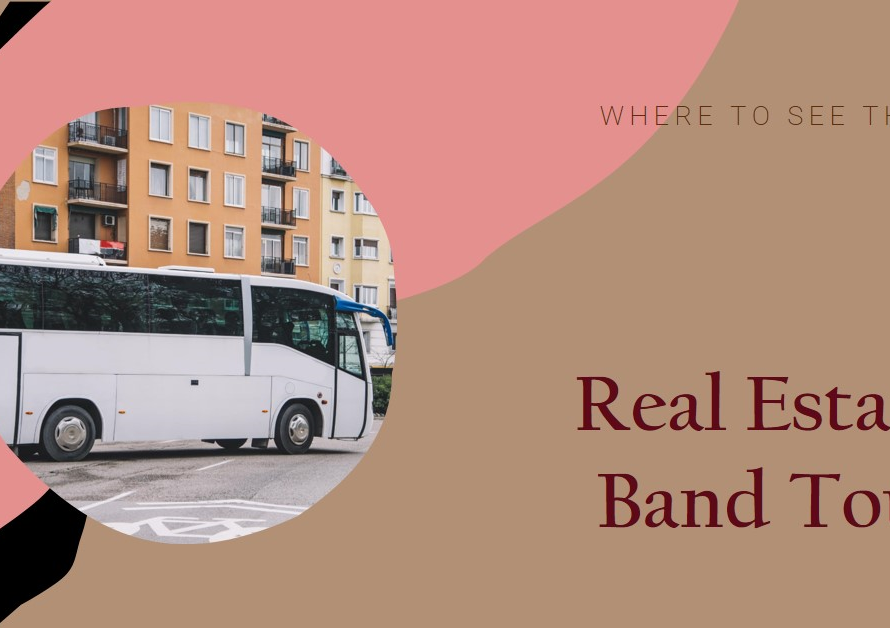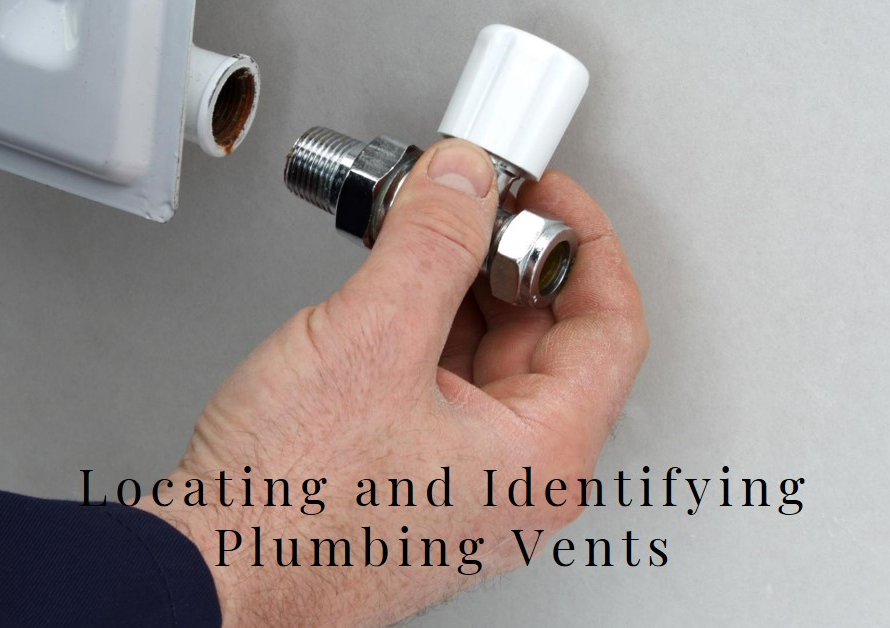
Table of Contents
- Introduction: The Power of Environmental Design
- Sustainable Architecture: The Bullitt Center
- Urban Regeneration: The High Line
- Innovative Housing: The Bosco Verticale
- Sustainable Transportation: The Freiburg Vauban District
- Ecological Restoration: The Eden Project
- Adaptive Reuse: The Tate Modern
- Green Infrastructure: The Singapore Supertrees
- Net-Zero Communities: Masdar City
- Conclusion: The Future of Environmental Design
Introduction: The Power of Environmental Design
Environmental design integrates the built environment with the natural world, creating spaces that promote sustainability, health, and well-being. The rising awareness of environmental issues has led to a surge in projects that prioritize eco-friendly practices and innovative design solutions. These projects not only mitigate environmental impacts but also enhance the quality of life for their inhabitants. This blog post explores some of the most successful environmental design projects around the globe, highlighting their unique approaches and the positive impacts they have generated.
Sustainable Architecture: The Bullitt Center
The Bullitt Center in Seattle, Washington, is often referred to as the greenest commercial building in the world. Designed to meet the Living Building Challenge, this six-story office building exemplifies sustainability in every aspect of its design and operation.
Energy Efficiency and Renewable Resources
One of the most striking features of the Bullitt Center is its net-positive energy performance. The building generates more energy than it consumes through an extensive solar array on its roof. Advanced energy-efficient systems, such as natural ventilation and daylighting, reduce the need for artificial lighting and HVAC systems. Additionally, the building’s design maximizes passive solar heating during the winter and natural cooling during the summer.
Water Conservation and Waste Management
The Bullitt Center also sets a high standard for water conservation. It captures and treats rainwater on-site, providing all the building’s water needs. The building employs composting toilets and a greywater system to minimize wastewater generation. These features collectively reduce the building’s environmental footprint, setting a benchmark for future commercial buildings.
Urban Regeneration: The High Line
The High Line in New York City is a prime example of urban regeneration through environmental design. This elevated linear park, built on a disused railway track, has transformed a neglected industrial structure into a vibrant public space.
Green Space in the Urban Jungle
The High Line’s design integrates native plants and trees, creating a green corridor that supports local biodiversity. The park provides a refuge for urban wildlife and a peaceful escape for city dwellers. The careful selection of plant species ensures that the park remains lush and inviting throughout the year.
Community Engagement and Economic Impact
Beyond its environmental benefits, the High Line has spurred significant economic development in the surrounding neighborhoods. It has become a major tourist attraction, drawing millions of visitors annually. This influx of visitors has revitalized local businesses and encouraged further investments in the area. The High Line’s success demonstrates how environmental design can drive social and economic regeneration in urban settings.
Innovative Housing: The Bosco Verticale
The Bosco Verticale, or Vertical Forest, in Milan, Italy, redefines residential architecture by integrating extensive greenery into high-rise buildings. These twin towers host over 900 trees and thousands of shrubs, creating a vertical forest that provides numerous environmental and health benefits.
Air Quality and Climate Control
The vegetation on the Bosco Verticale improves air quality by absorbing carbon dioxide and producing oxygen. It also acts as a natural insulator, reducing the buildings’ energy consumption for heating and cooling. The greenery helps mitigate the urban heat island effect, making the surrounding area more comfortable during hot summer months.
Aesthetic Appeal and Resident Well-Being
The lush greenery enhances the aesthetic appeal of the towers, creating a striking visual contrast against the urban skyline. For residents, living in close proximity to nature promotes mental well-being and reduces stress. The Bosco Verticale exemplifies how integrating nature into residential design can create healthier and more sustainable living environments.
Sustainable Transportation: The Freiburg Vauban District
The Vauban District in Freiburg, Germany, showcases an integrated approach to sustainable urban planning and transportation. This car-free neighborhood prioritizes walking, cycling, and public transportation, significantly reducing its carbon footprint.
Pedestrian and Bicycle-Friendly Design
Vauban’s design encourages active transportation through a network of pedestrian paths and bike lanes. Streets are designed to prioritize pedestrians and cyclists, making it safe and convenient to move around without a car. The district’s compact layout ensures that essential services and amenities are within walking or biking distance.
Public Transportation and Car Sharing
Public transportation in Vauban is highly efficient, with frequent tram services connecting the district to the rest of Freiburg. Additionally, the community promotes car sharing, reducing the need for private vehicle ownership. These measures collectively decrease traffic congestion, lower emissions, and foster a sense of community among residents.
Ecological Restoration: The Eden Project
The Eden Project in Cornwall, England, is a landmark ecological restoration project that has transformed a former clay pit into a thriving educational and ecological site. Its iconic biomes house diverse plant species from different climates, creating a unique destination for visitors.
Biodiversity and Habitat Creation
The Eden Project’s biomes replicate the conditions of various ecosystems, from tropical rainforests to Mediterranean environments. These controlled environments support a wide range of plant and animal species, contributing to global biodiversity conservation efforts. The project also includes outdoor gardens that showcase native British flora and provide habitats for local wildlife.
Education and Outreach
One of the Eden Project’s primary goals is to educate the public about environmental issues and sustainable living. It hosts numerous educational programs, workshops, and events aimed at raising awareness and inspiring action. The project’s success in combining ecological restoration with education has made it a model for similar initiatives worldwide.


Adaptive Reuse: The Tate Modern
The Tate Modern in London is a remarkable example of adaptive reuse, where an old industrial building has been repurposed into a world-class art museum. This project demonstrates how preserving and transforming existing structures can contribute to sustainable urban development.
Preserving Heritage and Reducing Waste
The conversion of the Bankside Power Station into the Tate Modern preserved a significant piece of London’s industrial heritage while minimizing construction waste. Reusing the existing structure reduced the environmental impact associated with demolition and new construction. The project highlights the potential for adaptive reuse to combine historical preservation with modern functionality.
Enhancing Public Spaces
The Tate Modern’s design includes extensive public spaces, both inside and outside the museum. The Turbine Hall, a vast open space within the museum, hosts large-scale art installations and events, making art accessible to a broad audience. The surrounding area has been revitalized with new public spaces, gardens, and pedestrian paths, enhancing the urban environment.
Green Infrastructure: The Singapore Supertrees
Singapore’s Supertrees, located in the Gardens by the Bay, are iconic examples of green infrastructure that blend technology and nature. These towering vertical gardens are not only visually stunning but also serve critical environmental functions.
Energy Generation and Water Management
The Supertrees are equipped with photovoltaic cells that generate solar energy, contributing to the gardens’ power needs. They also collect rainwater, which is used for irrigation and cooling. These features reduce the gardens’ reliance on external resources and demonstrate the potential of green infrastructure to support sustainable urban living.
Urban Cooling and Biodiversity
The vegetation on the Supertrees helps cool the surrounding air, mitigating the urban heat island effect. The trees also provide habitats for a variety of plant and animal species, enhancing urban biodiversity. The integration of technology and nature in the Supertrees exemplifies innovative approaches to creating sustainable and resilient urban environments.
Net-Zero Communities: Masdar City
Masdar City in Abu Dhabi aims to be one of the world’s most sustainable urban communities, designed to achieve net-zero carbon emissions. This ambitious project incorporates cutting-edge technologies and sustainable practices to create a model for future urban development.
Renewable Energy and Efficient Design
Masdar City relies heavily on renewable energy sources, particularly solar power. The city’s design maximizes energy efficiency through passive cooling techniques, high-performance building materials, and smart grid technologies. These measures significantly reduce energy consumption and carbon emissions.
Sustainable Mobility and Urban Planning
The city’s layout promotes sustainable mobility, with a focus on public transportation, electric vehicles, and pedestrian-friendly streets. Masdar City also features extensive green spaces and urban agriculture, enhancing the quality of life for residents. This holistic approach to urban planning sets a new standard for sustainable cities.
Conclusion: The Future of Environmental Design
The examples highlighted in this blog post demonstrate the transformative potential of environmental design. From sustainable architecture and urban regeneration to green infrastructure and net-zero communities, these projects showcase innovative solutions to some of the most pressing environmental challenges. As the world continues to urbanize, the principles and practices of environmental design will play a crucial role in shaping sustainable and livable cities for future generations.
In conclusion, successful environmental design projects not only address environmental issues but also enhance the quality of life for their users. By learning from these exemplary projects, architects, planners, and policymakers can create spaces that are not only functional and beautiful but also sustainable and resilient. The future of environmental design is bright, promising a harmonious integration of the built and natural environments.


